Should you be worried about too much exposure?
Are your digital devices and eco-friendly light bulbs really interrupting your sleep - or even worse, destroying your vision?
According to Sandy T. Feldman, MD, the Medical Director of Clearview Eye & Laser Medical Center in San Diego, it is a very timely question. “The amount of blue light that these devices are emitting have exposed people to unprecedented levels of high energy light waves that our eyes have no built-in defenses against,” she reports. “So for many of my patients, the answer that question would be an unqualified ‘yes’.”
What are blue light waves? The spectrum of light that is visible to the human eye ranges from red to ultra-violet. Blue light is a part of this spectrum and close to the ultra-violet range. Natural blue light - the kind humans have been exposed to from the sun since day one - has many beneficial effects, such as regulating sleep and wake cycles and elevating our moods. It’s what makes the sky such a beautiful blue.
However, blue light had a very high energy output due to its short wavelength. A recent Harvard medical study has identified blue light as being the most dangerous to our retinas. It is this High Energy Visible (HEV) light that is emitted by our computers, flat screen TVs, smart phones, tablets and even energy-efficient light bulbs.
“The human eye can block nearly 100% of the sun’s UV rays, even without the help of sunglasses,” reports Dr. Feldman. “Unfortunately, virtually all blue light will pass through the cornea and lens and reach the retina. Over time, this can lead to an increase in such eye diseases as macular degeneration and glaucoma, to name just a few.”
So if you’re part of the majority (60%) of Americans who spend more than 6 hours each and every day exposed to the blue light emitted by our digital devices, you might be wondering what steps you can take to limit this potential damage.
“The first thing I advise my patients is to follow the 20-20-20 rule - which is to look away from your device every 20 minutes for 20 seconds at something 20 feet away,” Dr. Feldman suggests. “At a minimum, this will help reduce the eye strain and eye fatigue that too much blue light exposure causes.”
And for those who need or want more protection?
“You might want to consider investing in blue light filtering lenses, even if you don’t wear prescription eyeglasses,” she advises. “They’ve come a long way in the last few years developing lenses that have virtually invisible filters built in and are quite effective at blocking the blue light from digital devices. In fact, many of my patients who use them have noticed right away that their eyes feel better even after hours of blue light exposure.”
The digital device is here to stay - and is likely to become an even more integral part of our lives in the years ahead. That would make right now a good time to heed the warnings about blue light exposure from eye professionals like Dr. Feldman. If nothing else, we’ll all get a better night’s sleep.
Sandy T. Feldman, MD is the Medical Director of Clearview Eye & Laser Medical Center - voted best LASIK center in San Diego by SD Union Tribune and CityBeat Magazine for the second year in a row - and has successfully performed more than 20,000 refractive procedures. Her numerous awards include “Top Doc San Diego” and the Goldline Award, an honor granted to only 10 laser eye care providers in the U.S. each year, and she has been profiled in Forbes, Newsweek, and other respected publications. Dr. Feldman is a fellow of the prestigious American College of Ophthalmic Surgeons, as well as a member of the American Academy of Ophthalmology and the American Society of Cataract and Refractive Surgery. For more information, please visit clearvieweyes.com.

Call Us: (858) 452-3937
8:30AM - 7:00 PM - Monday through Saturday (Saturday until 11:30AM)